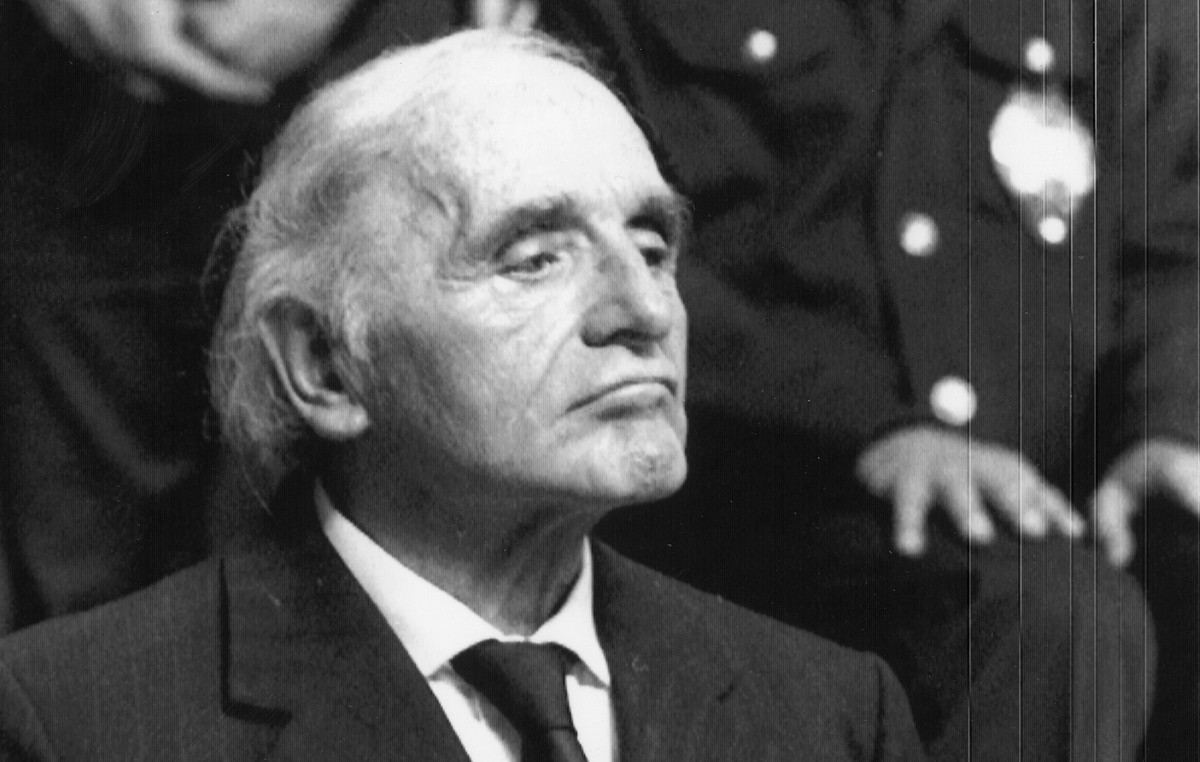Watching footage of the Japan Airlines (JAL) collision at Tokyo's Haneda Airport, it seems miraculous that anyone was unharmed.
However, although, tragically, five of the six crew members of the Japan Coast Guard Dash 8 plane that struck during landing on Tuesday (2) were killed, all 379 passengers and crew on board the Airbus A350 survived the accident.
While investigations into what happened in the incident, which saw the JAL plane explode and turn into a fireball, are ongoing, experts say the success of the evacuation is due to a combination of modern safety standards and the culture itself. Japan Airlines' strict security standards.
“From what I saw in the footage, I was surprised and relieved that everyone was out,” says Graham Braithwaite, professor of safety and accident investigation at Cranfield University in the UK.
“It’s such a severe impact for any aircraft to have to endure. But knowing what I know about that airline and how much effort they put into crew safety and training, the fact that they did such a good job shouldn’t be such a big surprise.”
See also: Japan determines responsibility for plane crash
In fact, it was a catastrophic accident almost 40 years ago that helped transform Japan AIrlines into such a safe airline, he says.
On August 12, 1985, JAL Flight 123 from Tokyo to Osaka crashed, killing 520 of the 524 on board, following a faulty tail repair by technicians from Boeing – not the airline – following an earlier incident.
To this day, it is the deadliest single-aircraft accident in aviation history.
“Clearly the effect has been profound on the airline,” says Braithwaite. “In a culture like Japan, they took on this responsibility as a group and wanted to make sure nothing like this happened again.
“So when things go wrong, they look at it in terms of how they can learn. Everything is an opportunity to improve.”
In 2005, realizing that many employees joined the company without remembering the accident that occurred 20 years earlier, JAL opened a space at its corporate headquarters displaying parts of the wreckage, as well as stories from crew and passengers.
“The feeling was that there are people who came into our business and don’t know what it’s like to go wrong. Everyone needs to understand how much effort is required for safety,” says Braithwaite.
Nearly four decades later, the crisis still has a profound effect on the company's mindset, he says.
“They have a very strict culture about standard operating procedures and doing everything correctly. That's one of the reasons why, in this case, I think the team seems to have performed so well,” he says.
While it's unclear who was to blame for Tuesday's crash, Braithwaite says the successful evacuation is “absolutely” positive for Japan Airlines.
“If you want to see one reason why you should fly with them, I think this is it,” he says.
JAL is regularly named among the world's safest airlines in an annual list on Airlineratings.com.
Editor-in-Chief Geoffrey Thomas says: “Japan Airlines has enjoyed an excellent safety record since 1985. However, this accident was not the airline's fault and was due to faulty repairs carried out by Boeing.”
“It is rated as a seven-star airline by our website and has passed all major safety audits. Furthermore, Japan’s air safety regulator performs better across the eight supervisory criteria than the global compliance average.”
Source: CNN Brasil
Bruce Belcher is a seasoned author with over 5 years of experience in world news. He writes for online news websites and provides in-depth analysis on the world stock market. Bruce is known for his insightful perspectives and commitment to keeping the public informed.







